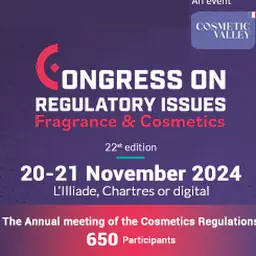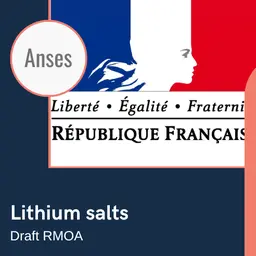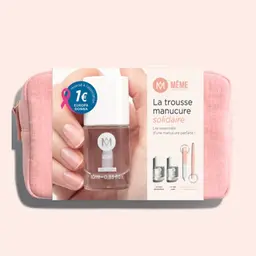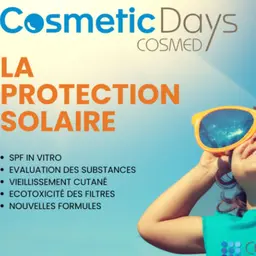
Another incriminatory document against aluminium in cosmetics. After a recent report by the Norwegian Scientific Committee VKM, using them daily, especially in antiperspirants, leads to an exposure to aluminium far beyond the acceptable weekly exposure; further, this exposure is well above that from diet.
The VKM, which comprises experts in food, food additives, materials in contact with food and with cosmetics, contaminants…) performed this study after a request by the Norwegian Food Safety Authority.
It was requested to assess the exposure of the Norwegian population to aluminium through food and cosmetics use, and to compare this exposure with the tolerable weekly intake (TWI) of 1 mg Al/kg body weight (bw)/week established by the European Food Safety Agency (EFSA; 2008) and the provisional tolerable weekly intake (PTWI) of 2 mg Al/kg bw/week established by JECFA (a World Health Organization committee of experts on food additives; 2012).
Aluminium is a commonly occurring metal in the earth’s crust and occurs, therefore, naturally in drinking water and agricultural products. Humans are exposed to aluminium through food, drinking water and the use of cosmetic products and pharmaceuticals. Other sources of aluminium in food are the use of food additives containing aluminium and migration of aluminium from food contact materials to food.
As for cosmetics, the products surveyed in this study are those likely to contain the highest levels of aluminium, i.e. anti-perspirants, lipsticks and lip gloss, as well as some whitening toothpastes.
Dietary exposure: acceptable
The total exposure to …













